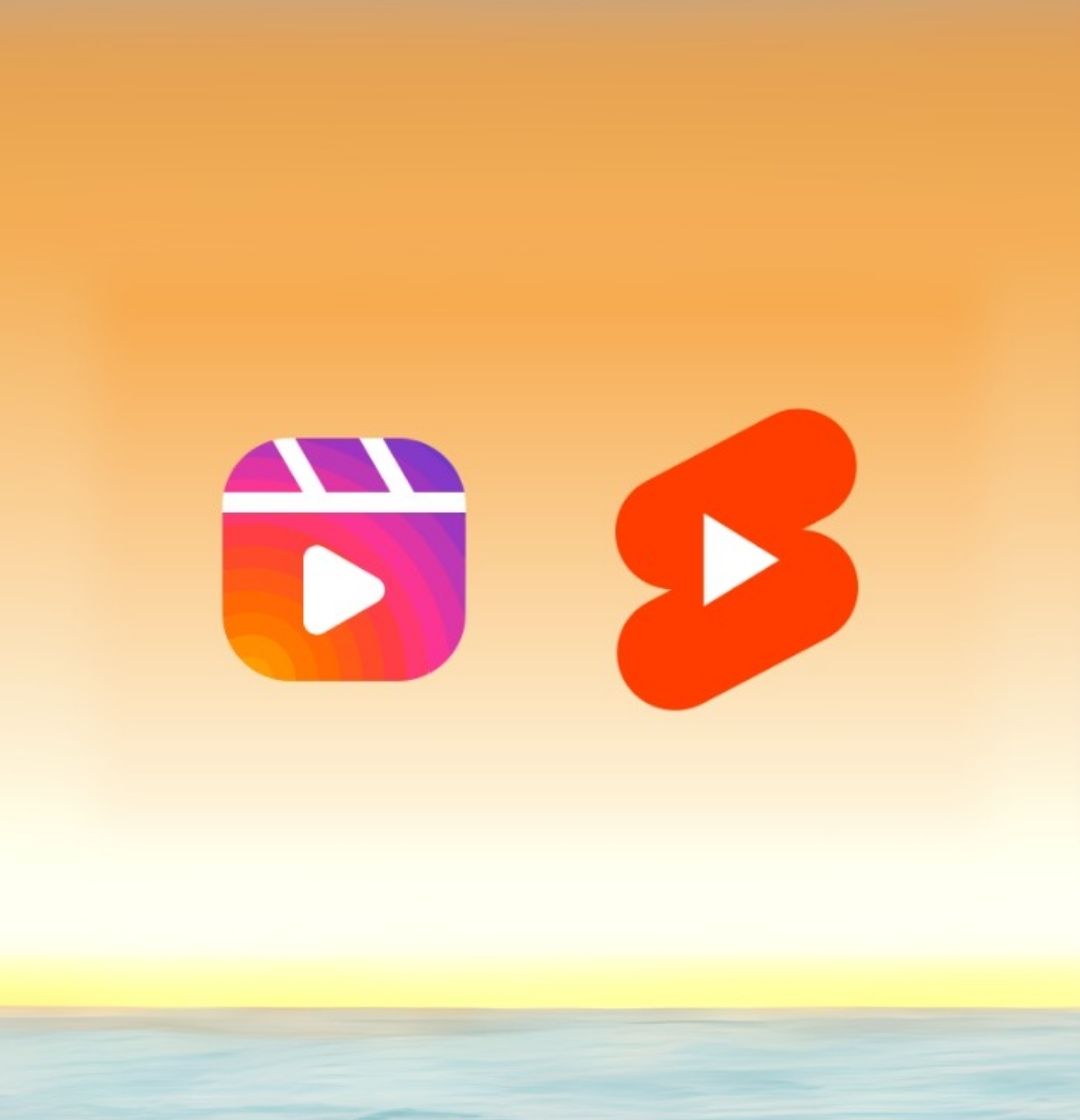Instagram Reels vs YouTube Shorts: Where to Invest Your Time?
In the fast-paced world of digital marketing, short-form video has become an essential tool for reaching the audience and making it more attractive. Platforms such as Instagram Reels and YouTube Shorts have exploded in popularity, providing powerful options for content creators, brands, and marketers to cut shapes and draw attention with attention-grabbing formats. But with limited resources, time, and budget, which platform should you prioritize? This blog examines the performance of Instagram Reels and YouTube shorts, audience behavior, modification, and marketing ability to help make an informed decision.
